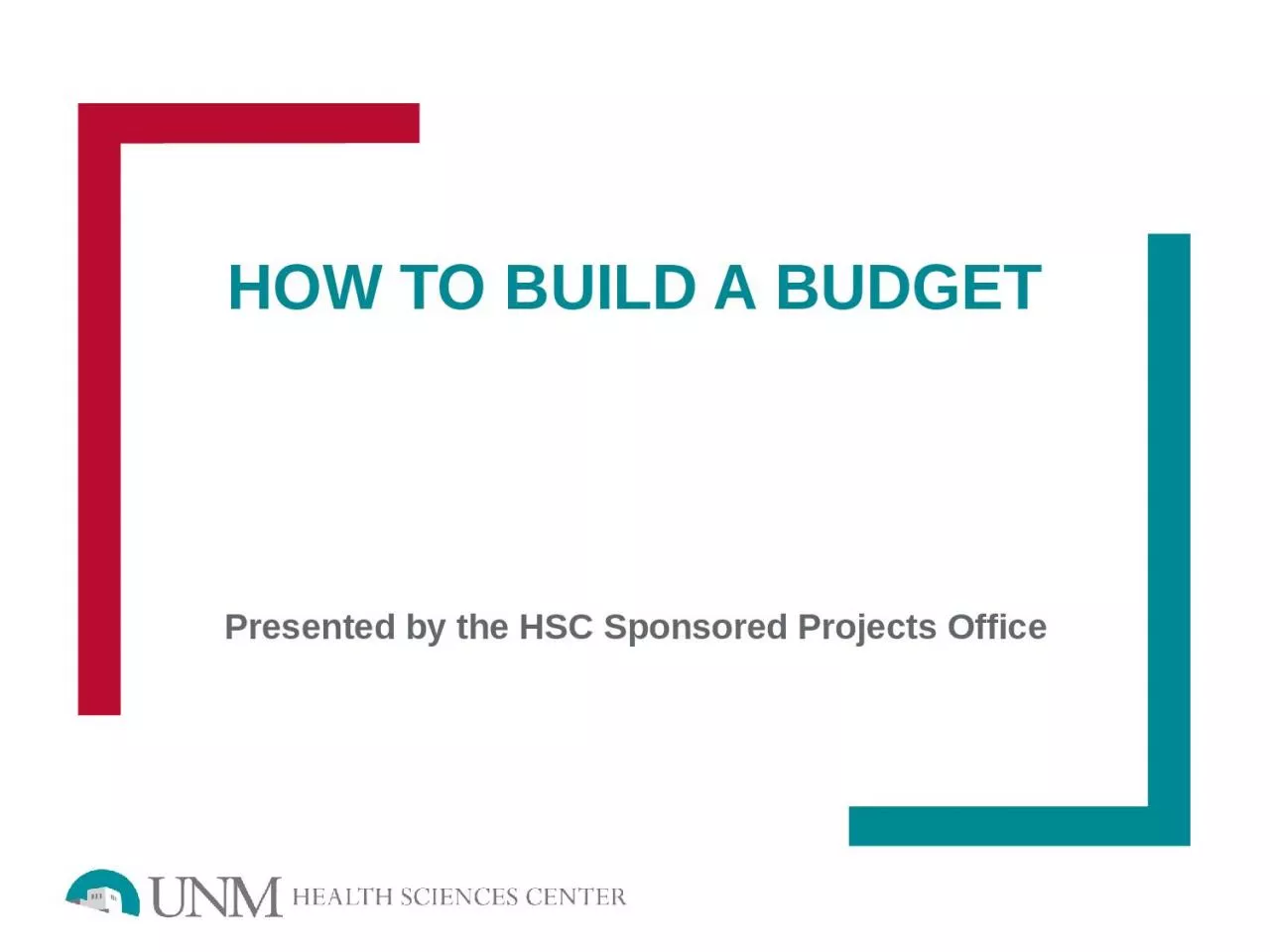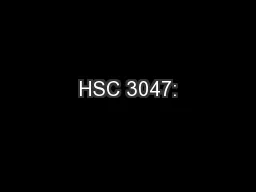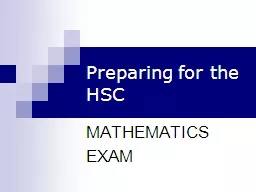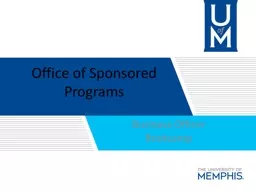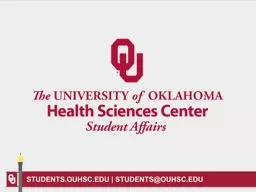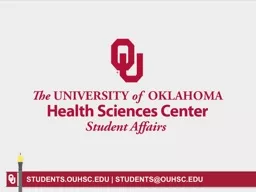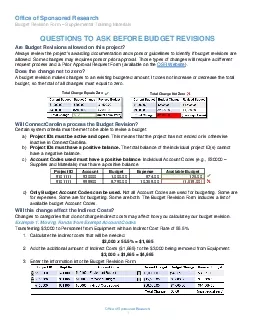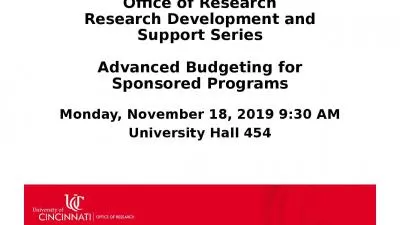PPT-How to Build a Budget Presented by the HSC Sponsored Projects Office
Author : lucinda | Published Date : 2023-09-20
Todays objectives Gain an understanding of the regulations and laws that govern how we propose our budgets Gain a better understanding of what is looked for in the
Presentation Embed Code
Download Presentation
Download Presentation The PPT/PDF document "How to Build a Budget Presented by the H..." is the property of its rightful owner. Permission is granted to download and print the materials on this website for personal, non-commercial use only, and to display it on your personal computer provided you do not modify the materials and that you retain all copyright notices contained in the materials. By downloading content from our website, you accept the terms of this agreement.
How to Build a Budget Presented by the HSC Sponsored Projects Office: Transcript
Download Rules Of Document
"How to Build a Budget Presented by the HSC Sponsored Projects Office"The content belongs to its owner. You may download and print it for personal use, without modification, and keep all copyright notices. By downloading, you agree to these terms.
Related Documents

